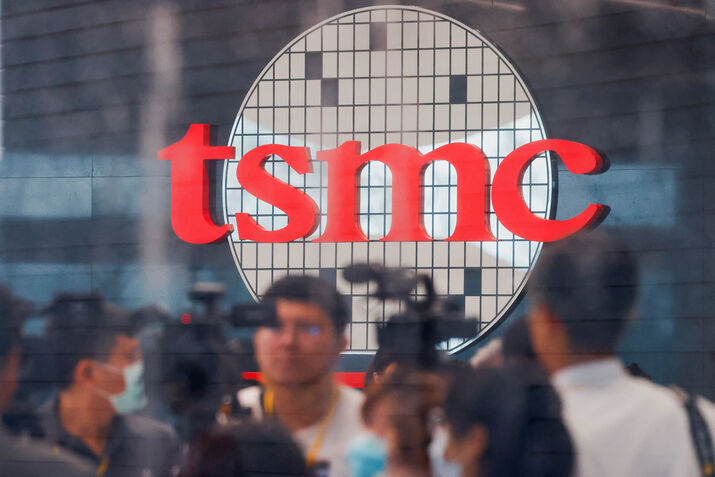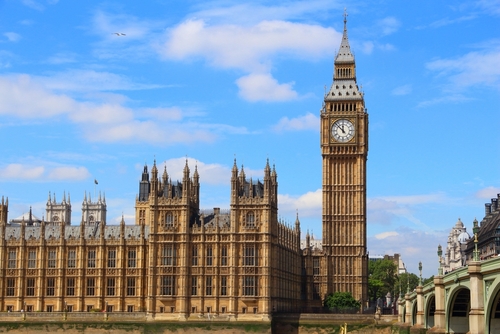TIMELINE-Trump's trade war: Tariff deadlines and key upcoming events

Oct 3 (Reuters) - U.S. President Donald Trump's tariff strategy has injected a bout of uncertainty into global financial markets, exacerbated by legal challenges to the levies and Trump's push for bilateral trade deals.
Trump's order on "reciprocal" tariffs for exports from 69 trading partners listing higher import duty rates of 10% to 41% kicked in on August 7, raising the average U.S. import duty to its highest in a century.
The latest round of levies includes a 100% tariff on branded or patented pharmaceutical imports and a 25% duty on heavy-duty trucks, as Trump intensifies efforts to reshape global trade.
Here is a timeline for key upcoming events and dates that could have a bearing on U.S. tariff policy:
October 1:
The United States imposed a 100% tariff on imports of branded or patented pharmaceutical products , with some exception for companies building a manufacturing plant in the U.S. Trump also imposed 25% levies on heavy-duty trucks.
October 14
Trump's 10% tariffs on imported timber and lumber and 25% duties on kitchen cabinets, bathroom vanities and upholstered furniture comes into effect.
November 10:
The U.S.-China tariff truce is extended through early November, providing a temporary reprieve during the seasonal surge in imports ahead of the year-end holiday season.
January 1, 2026:
Duties will rise further on January 1, 2026 to 30% for upholstered furniture and 50% for cabinets and vanities from countries without trade agreements.







